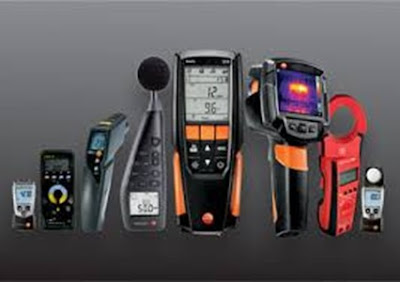- Biomass. We distinguish between woody biomass (stems, branches, shrubs, hedges, twigs), non-woody biomass (stalks, leaves, grass, etc.), and crop residues (bagasse, husks, stalks, shells, cobs, etc.). The energy is converted through combustion (burning), gasification (transformation into gas) or anaerobic digestion (biogas production). Combustion and gasification ideally require dry biomass, whereas anaerobic digestion can very well take wet biomass. Fuel preparations can include chopping, mixing, drying, carbonizing (i.e. charcoal making) and briqueting (i.e. densification of residues of crops and other biomass).
- Dung from animals, and human excreta. The energy is converted through direct combustion or through anaerobic digestion.
- Animate energy. This is the energy which can be delivered by human beings and animals by doing work.
- Solar radiation, i.e. energy from the sun. We distinguish between direct beam radiation and diffuse (reflected) radiation. Direct radiation is only collected when the collector faces the sun. Diffuse radiation is less intense, but comes from all directions, and is also present on a cloudy day. Solar energy can be converted through thermal solar devices (generating heat) or through photovoltaic cells (generating electricity). Direct beam solar devices (whether thermal or photovoltaic) would need a tracking mechanism to have the device continuously facing the sun.
- Hydro resources, i.e. energy from water reservoirs and streams. We distinguish between: lakes with storage dams, natural heads (waterfalls), weirs, and run-of-river systems. Hydro energy can be converted by waterwheels or hydro turbines.
- Wind energy, i.e. energy from wind. Wind machines can be designed either for electricity generating or for water lifting (for irrigation and drinking water).
- Fossil fuels, like coal, oil and natural gas. Unlike the previous energy sources, the fossil energy sources are non-renewable.
- Geothermal energy, that is, the energy contained in the form of heat in the earth. A distinction is made between tectonic plates (in volcanic areas) and pressed reservoirs (could be anywhere). Geothermal energy is, strictly speaking, non-renewable, but the amount of heat in the earth is so large that for practical reasons geothermal energy is generally ranked with the renewables. Geothermal energy can only be tapped at places where high earth temperatures come close to the earth's surface.
esmsconsulting@naderawads.com











